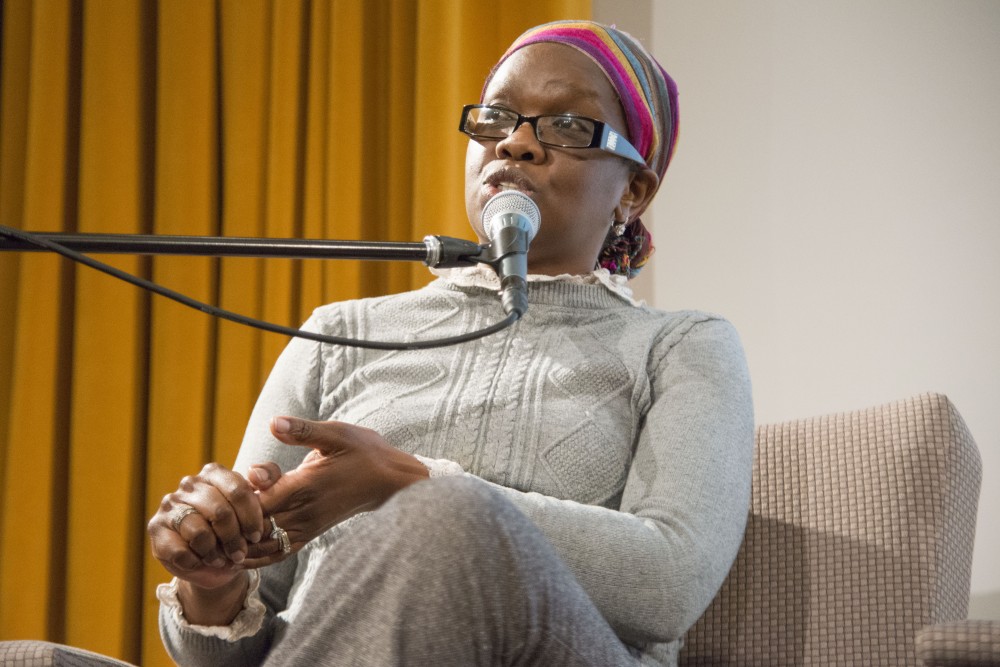A forum hosted Friday by the University of Minnesota’s Center for Urban and Regional Affairs brought together Twin Cities neighborhood representatives to discuss gentrification, housing and policy.
Following CURA’s “The Diversity of Gentrification” study examining gentrification in Minneapolis and St. Paul released in late January 2018, the organization held a forum titled “Community-Based Antigentrification Policy Approaches.” The forum was the third part of a series focused on the findings of CURA’s study.
CURA interviewed 10 community-based organizations doing work on gentrification as part of the study. Three of those organizations were represented at Friday’s forum and spoke on a panel about housing policy.
“So what we wanted to do … was to highlight work that’s being done right here in this metropolitan area. And so through our interviews with representatives from each of these groups, we realized quite quickly that there was a wide range of actions being taken on the community to address questions of gentrification,” said CURA Director Edward Goetz during the forum.
Goetz defined CURA’s stages of gentrification, which include disinvestment, reinvestment and displacement within a neighborhood. To confront gentrification, he said there needs to be a focus on policy changes, redirecting resources and changing perceptions.
Monica Bravo, executive director of West Side Community Organization in St. Paul, said their community has followed CURA’s pattern of gentrification.
“So one would say that when you begin to talk more about a community’s deficits than its assets, you’re economically vulnerable,” Bravo said in the forum.
But that’s changing, Bravo said. She said the organization is pushing for more community-led development decisions.
“We’re asking the question ‘who benefits from this development?'” Bravo told the audience.
Representatives also noted the racial narratives present in gentrification and housing issues of their communities and throughout the Twin Cities.
Tia Williams, co-director and organizer of Frogtown Neighborhood Association, said she’s working to bring in development that would help community members “reclaim” the neighborhood.
“People don’t see themselves reflected in different properties or different businesses within our communities … right now,” Williams said at the forum. “I’m having a flood of ideas coming from a lot of community [members] and what it is they would like to see and how they would like to build their economic system within the black community.”
CURA’s study showed a section of Marcy-Holmes in the University area gentrified between 2000 and 2015. Ward 3 City Council member Steve Fletcher said it reflects a “challenging trend” of expensive developments in student areas.
“What’s happened is a lot of housing has been built … at a very high price point. And … what’s interesting is if you think about gentrification as a framework, it’s a lot of the same people living there who would have lived there before. They’re just paying a lot more for it,” Fletcher said. “But I think what’s important is that we have a lot of work to do to create affordable housing for students.”








